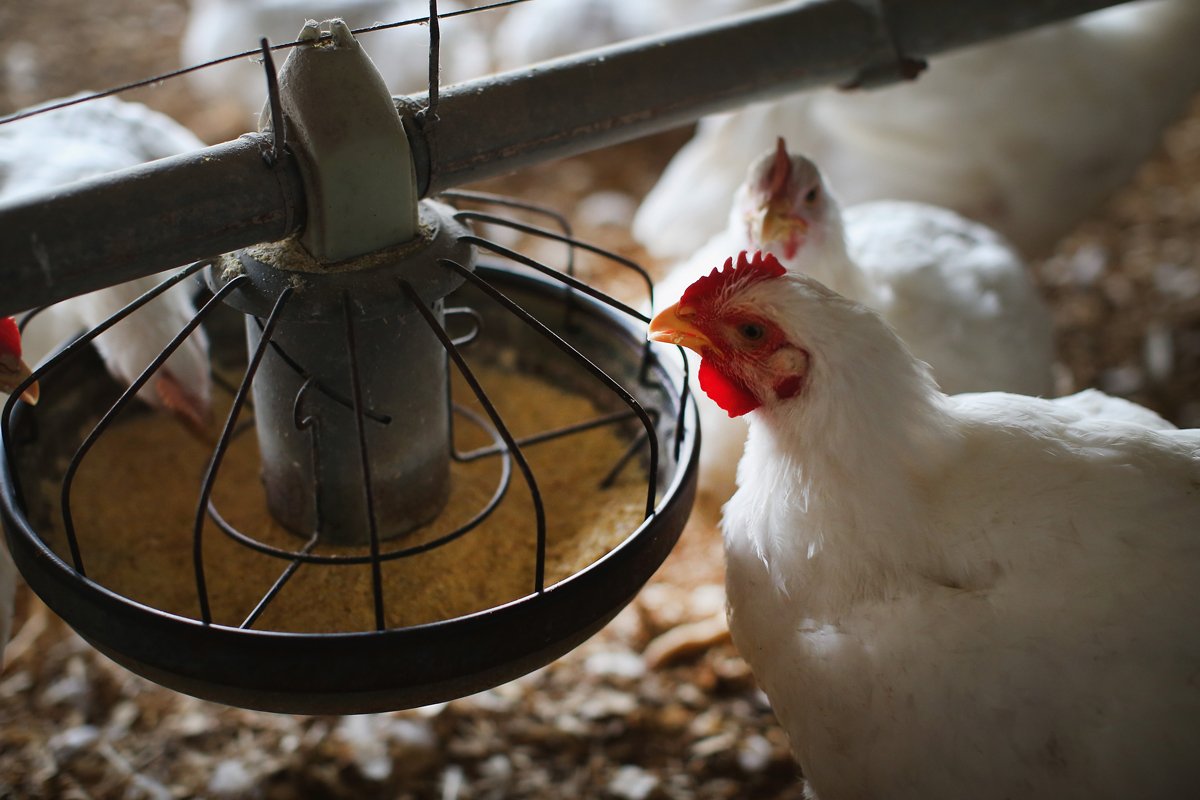What Happened to Antibiotic-Free Chicken?
BY LISA HELD MAY 22, 2024
With the biggest poultry company in the country backtracking and other commitments to raising healthier birds unmet, the future is rockier than it once seemed.

Seven years ago, Tyson—one of the largest chicken producers in the world—made headlines with its commitment to “eliminate antibiotics in chicken.” Then, last summer, the company changed its policy: Instead of “no antibiotics ever” (referred to as NAE in the industry), Tyson’s farmers would go back to using antibiotics. They would refrain only from using drugs considered “important in human medicine.”
Given the company produces about a quarter of the chicken in the country, ripple effects ensued. At the Los Angeles United School District, school nutrition directors were left scrambling to find another supplier in order to honor a long-standing public commitment to get antibiotics out of student meals. Then, in March, Chick-Fil-A—which has used Tyson as a supplier in the past—also backpedaled on a 2014 commitment to serving antibiotic-free chicken, citing supply concerns.
As the impacts came into focus, advocates and experts who had been pointing to the chicken industry as a model for how food corporations could make real progress toward improving practices that threaten public health looked on in dismay.
“When we first started working on this in 2015 and we were targeting McDonald’s, Chick-Fil-A was one of the players that we could point to as already doing the right thing,” said Andre Delattre, SVP and COO of programs at Public Interest Research Group (PIRG). “From that perspective, it’s especially a shame that they’re backsliding.”
Between 2014 and 2018, the percentage of chickens raised without antibiotics rose from 3 percent to 52 percent, and the amount raised without medically important antibiotics soared to more than 90 percent. The Natural Resources Defense Council called it “a stunning success story,” and allied organizations like PIRG shifted their focus to reducing antibiotic use in pork and beef, where medically important drugs are still used routinely in feed and water, at much larger volumes.
Click Here to read the full article on CivilEats.com